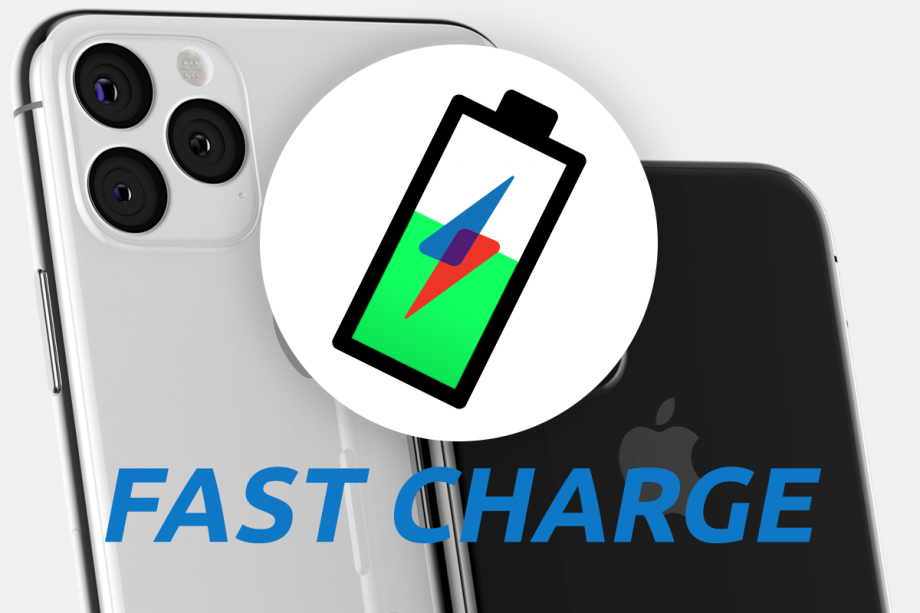Fast Charge: Based on iPhone 11 rumours, can Apple justify its price rise?

The iPhone 11 launches in less than a month, and we’ve seen leaks and rumours aplenty. But can Apple’s eye-watering price hikes be worth it?
An iPhone launch is always one of the biggest tech events of the year, reaching far beyond the world of tech to attract the attention of everyone from Instagram influencers to ball-busting businessmen. Yet as iPhone prices soar – with British customers the worst-hit of all, relatively speaking – will the latest be a damp squib unworthy of hundreds of quid?
The iPhone 11 leaks reliably indicate that there will be three models, as there were last year: a base model like the iPhone XR, and two premium models with different screen sizes. This time around, all three are expected to bear the iPhone 11 moniker, with Max, Plus, or Pro being touted as plausible names for the priciest variants.
Related: Best iPhone 2019
There’s one big change that’s coming to the range: an extra camera sensor on each phone, meaning three apiece on the premium models and a dual camera on the remaining device. These extra snappers will almost certainly be a depth sensor for the base model, and an ultrawide lens for the two premium variants, and from the concurring designs we’ve seen so far they’ll appear inside a module resembling a gas hob, with the three circular lenses and the flash contained within a chunky black square.
But aside from this upgrade – which is significant, albeit not exactly ground-breaking, given that several Android flagships even in the mid-range already offer a similar variety of lenses – we only expect modest improvements to the specifications. While a juicier battery and a fine-tuned processor are obviously welcome improvements to any device, they are not truly innovative and may not even be noticeable. Taking the existing A12 Bionic chip, we already said in our iPhone XS Max review that “there’s very little in the App Store that can take advantage of all this horsepower.” If the general user could hardly notice such improvements, it’s hard to justify prices that have risen at such a painful rate for Brits in particular.
It’s more of a truism than a secret that iPhone prices have increased drastically since the device was first launched back in 2007, but the rate of the price increase is startling. When the iPhone X launched, it garnered plenty of press attention for breaking the thousand-dollar price ceiling (£1149 for the top-spec model in the UK) – but just one year later, the top-level variant of the iPhone XS Max had rocketed far beyond that ceiling and into the stratosphere at £1449.
What went mostly unreported in the midst of these price increases was the relative cost of the device in different countries. Research from Self Lender shows that if the price of the very first iPhone had risen in line with inflation, the base model of the iPhone XS would have cost £450 rather than £999. In other words, an iPhone is 133% more expensive to buy in the UK today than it was in 2007, thanks to sluggish economic growth over that time period (by contrast, Irish customers have experienced a mere 2% price bump comparatively). With the next iPhone set to launch in October, potentially just weeks before an economically damaging no-deal Brexit, this rift could be prised yet more painfully wide, and this is cause for some reflection.
Related: Best phone 2019
This year has seen a lot of innovation in the mobile phones market, and very little of it looks set to reach the sunny climes of Cupertino in time for the iPhone 11 launch. 5G phones have appeared on the market ready to take advantage of the very fastest mobile internet speeds, but these are not expected to arrive to the iPhone until 2020. Apple has been developing a genuinely game-changing 5nm chip to power its mobile devices; but again, this is not expected to arrive until next year at the earliest. While there have been rumblings that Apple will conveniently be adopting the standard USB-C port shared with most recent Android devices, now that’s also not expected until — yes, you guessed it, next year.
On a more subjective note, the attractive designs that have long been Apple’s signature — and could potentially seduce customers away from asking themselves awkward questions about value for money — look to have taken a back seat, with the aforementioned bulky camera module set to be joined with the same dated, wide notch that has encumbered iPhones for the past two years. Apple’s long-standing design impresario Jony Ive recently left Apple in order to go solo, and, while this was seen as a blow to the brand’s prestige, who knows if this could in fact be a chance to usher in some radical design changes in the coming years.
There’s so much innovation in the smartphone market, but if insider rumours are accurate these changes will skip a generation of the iPhone, while marquee prices continue to cost UK consumers more and more in relative terms. We’d like nothing more than for Apple to prove us spectacularly wrong next month and show us “just one more thing” that upends the tech market, in its own inimitable way. Failing that, we’d be happy with a price cut. But if Apple leaves its latest fruits to wither on the vine, you’d be best waiting until the next harvest.


